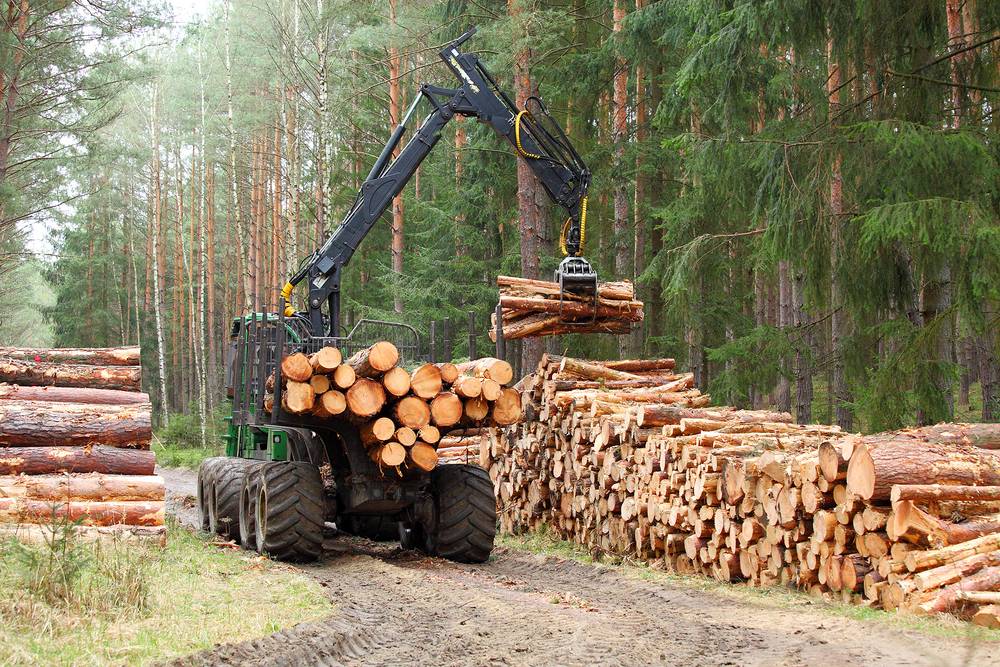 Last updated: June 21st, 2019 12:58 AM
Last updated: June 21st, 2019 12:58 AM
National Agroforestry Policy
Agroforestry is a land use system which integrates trees and shrubs on rural landscapes for enhancing productivity, profitability, diversity and ecosystem sustainability. It is a dynamic, ecologically based, natural resource management system that diversifies and sustains production, and builds social institutions. The system is practised in both irrigated and rain-fed conditions, where it produces fuel, food, fodder, fertilizer, and timber; contributes to food, nutritional and ecological security; sustains livelihoods, alleviates poverty and promotes productive and resilient cropping and farming environments. The method is envisaged to increase the forest cover in the ensuing years. Agroforestry could potentially help build the resilience of farmers and rural people against threats of climate change and natural calamities. India, in the year 2014, emerged as the first country to adopt a policy for agroforestry.Goals
The goals of the National Agroforestry Policy include:- Setting up a National Agroforestry Mission or an Agroforestry Board to implement the National Policy by bringing coordination, convergence and synergy among various elements of agroforestry scattered across various existing missions, programmes, schemes, and agencies connected with agriculture, environment, forestry, and rural development sectors of the Government.
- Improving the productivity, employment, income and livelihood opportunities of rural households, particularly the smaller farmers through agroforestry.
- Catering to the demand of timber, fodder, food, fuel, and other agroforestry products; conserving the natural resources and forest; protecting the environment and offering environmental security, and increasing the forest or tree cover.
Basic Objectives
The following are the basic objectives of the National Agroforestry Policy:- Encourage and expand tree plantation in an integrated manner to improve productivity, employment, income, and livelihoods of rural households - particularly the smallholder farmers.
- Protect and stabilize ecosystems, and promote resilient cropping and farming systems so as to reduce risk in the event of extreme climatic events.
- Meet the raw material requirements of wood-based industries and reduce wood imports in order to save foreign exchange.
- Supplement the availability of agroforestry products (AFPs), which includes fuel-wood, fodder, non-timber forest produce and small timber to the rural habitats.
- Reach the target of increasing forest/tree cover and promote ecological stability, especially in the vulnerable regions.
- Enhance the capacity and strengthen research in agroforestry and create a massive people’s movement for achieving these objectives and reducing pressure on existing forests.
Strategy
The policy proposes the following measures:Establishment of Institutional Setup at National Level
An institutional mechanism, such as a Mission or Board, must be set up for implementing the agroforestry policy. The body will be a platform for the multi-stakeholders to jointly plan and identify the priorities and strategies for inter-ministerial coordination, programmatic convergence, financial resources mobilization and leveraging, capacity building facilitation, and technical and management support.Simplify Regulatory Mechanism
The policy prompts for the creation of simple mechanisms/procedures to regulate the harvesting and transit of agroforestry produce.Development of Sound Database and Information System
The need for a more efficient system of data recording was felt, given the complete lack of data on agroforestry.Investments in Research, Extension, Capacity Building and other Related Services
- Indian Council of Agricultural Research (ICAR) has devoted 30 of its centres to agroforestry research, in coordination with the National Research Centre for Agroforestry (NRCAF).
- Educational institutions are involved in educating people about agroforestry, its promotion and development.
- The creation of a web-based platform is proposed with the object of bringing all research findings and available knowledge in the area of agroforestry.
Improving Farmers Access to Quality Planting Material
- Institutional mechanism for the registration of nurseries and their accreditation must be set up.
- The participation of the private sector is encouraged in the production and development of the supply chain of quality planting materials.
Provision of Insurance Credit and Insurance
- Special purpose vehicles/banking institutions must be set up to cater to the specific needs of the agroforestry sector.
- The sector must receive the provisions of interest subvention in the line of agricultural credit.
Facilitating Industry Participation
The contribution of agroforestry/biomass-based industries has a lot of contributions to the promotion of the sector. Their role in the promotion of agroforestry can be tapped in many ways, particularly in the areas of:- Production and supply chain development of high-quality planting materials.
- Technology development and dissemination.
- Provision of extension services to farmers.
- Provision of market information and future trends.
- Certification of nurseries, seeds and finished products for sustainable management practices.
- Development of agroforestry plantation on government lands.
Strengthening Farmer Access to Markets
The market system for agroforestry produce is largely unorganized. To address this, a marketing infrastructure will be introduced with more public sector participation.Incentives to Farmers
Farmers will be encouraged to adopt agroforestry through incentive and support structure such as input subsidy, interest moratorium, etc. during the gestation period.Promotion of Sustainable Agroforestry
Initiatives such as raising fast-growing trees/bushes/grasses on marginal and degraded farmlands are emphasized.Popular Post

In the digital age, the convenience of accessing important documents online has become a necessity...

The Atalji Janasnehi Kendra Project that has been launched by the Government of Karnataka...

The Indian Divorce Act governs divorce among the Christian couples in India. Divorce...

When an individual has more than a single PAN card, it may lead to that person being heavily penalised, or worse,...

Employees Provident Fund (PF) is social security and savings scheme for employee in India. Employers engaged...


